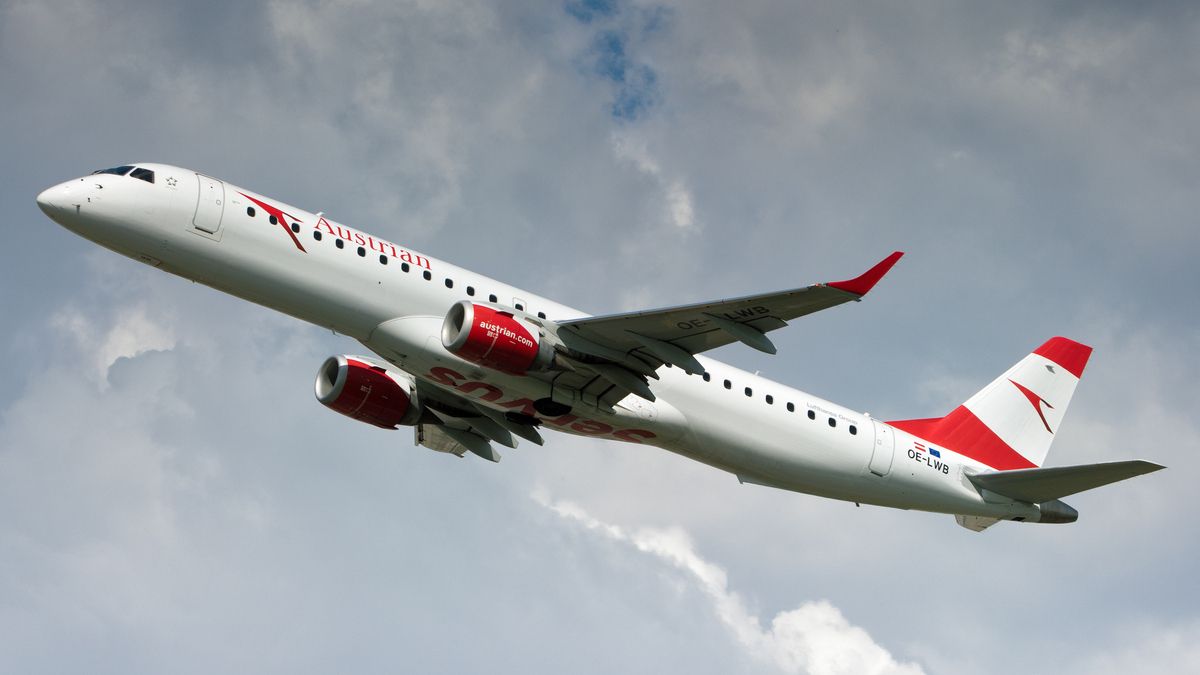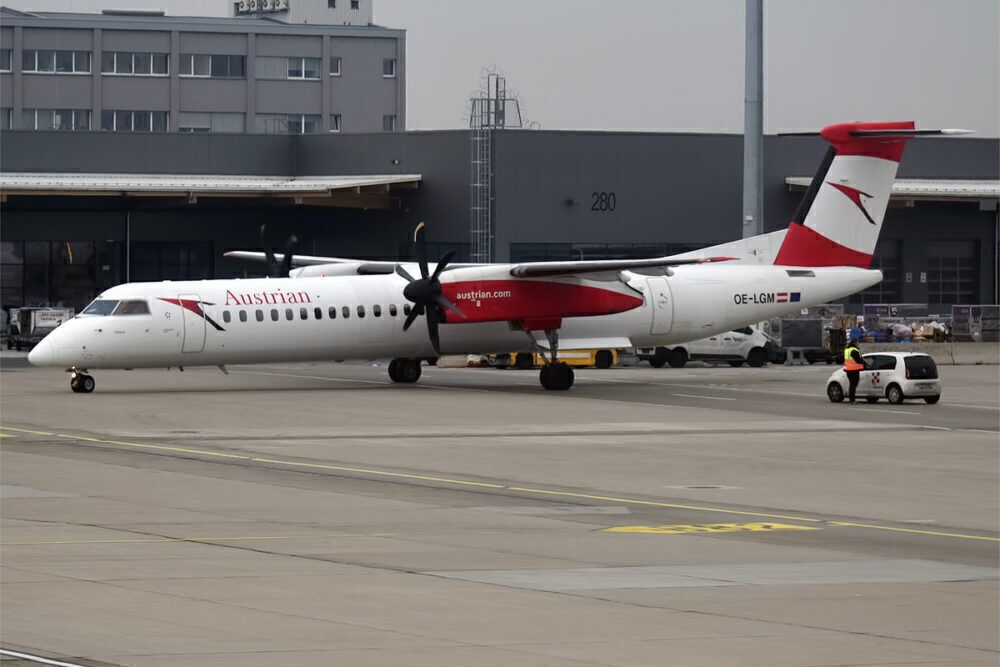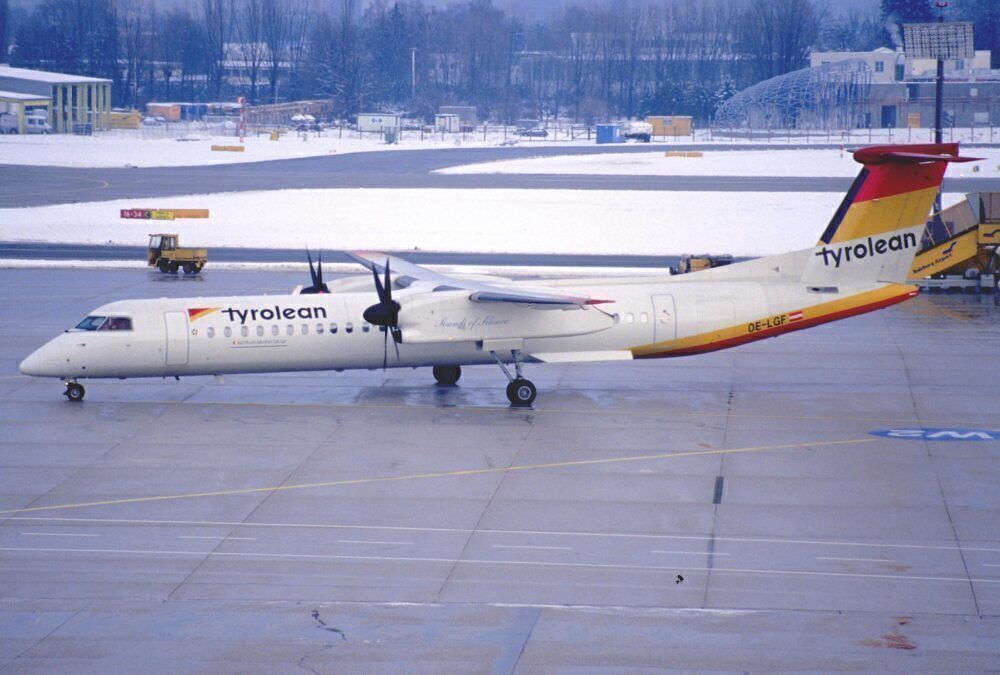Amid the challenges of COVID-19, many airlines worldwide have been forced to restructure their fleet. These right-sizing measures should help carriers to adapt to new and unpredictable demand levels. For Austrian Airlines, this has meant streamlining its fleet to dispose of smaller aircraft, which its CEO no longer considers economically viable.
Moving away from regional aircraft
Before the onset of the coronavirus pandemic, Austrian had a diverse fleet of around 80 planes. This included a core short-haul fleet of Airbus A320 family aircraft. Meanwhile, Boeing's 767 and 777 families were doing the honors in terms of its long-haul network.
The carrier also operated regional aircraft from two popular families, namely the de Havilland Dash 8 and Embraer E-Jet series. However, the former of these has been a victim of Austrian's fleet restructuring. Indeed, CEO Alexis von Hoensbroech now considers regional aircraft to be something of a 'dying business' due to factors such as decreasing ticket prices. Speaking earlier this afternoon to Routes Reconnected, he stated that,
"Over the last decades, we have seen that [flying] regional aircraft is a business that is dying out, at least within Europe. Most successful network carriers [have] got rid of the majority of their small regional aircraft. We think that this is a trend that you can't work against, because the ticket prices came down so much that the unit costs of the small aircraft are just too big."
Stay informed: Sign up for our daily and weekly aviation news digests.
Austrian's fleet restructuring in full
Having set a target of a 20% capacity reduction at the start of the pandemic, Austrian began the process of right-sizing its fleet. To achieve this shrink, it has removed 20 aircraft, bringing its overall fleet size down from 80 planes to 60.
This represents a 25% cut to the fleet, but the nature of the aircraft involved has kept the capacity shrink to the planned 20%. In line with von Hoensbroech's view of smaller regional aircraft, part of this reduction saw Austrian dispose of all of its remaining Dash 8-400 turboprop airliners. He explained that:
"When you shrink, you have an opportunity to make an accelerated fleet clean-up. (...) So we decided that we will get rid of our entire turboprop fleet, our entire A319 fleet, and three of our oldest long-haul aircraft that were close to 30 years old."
Austrian's Embraers will stay
Austrian's Embraer 195s also come under the category of regional aircraft. With that, and von Hoensbroech's comments, in mind, you might have expected these to also have been victims of the airline's fleet restructuring. However, these Brazilian regional jets will continue to serve the Vienna-based carrier. Its CEO stated:
"We still have 17 Embraer 195 aircraft, so they [will] serve the smaller markets. We also had 18 Dash 8-400s. The jump from the Dash 8-400 to the Embraer 195 is a big jump, [from] 76 to 120 seats. The Embraer will cover the smaller markets, and then the next biggest aircraft will be the Airbus A320."
The disposal of Austrian's smaller aircraft also corresponds to the closure of its non-Vienna bases. Overall, its fleet restructuring strategy is certainly an interesting one, and it will be fascinating to see how it pays off in the future.
What do you make of von Hoensbroech's position on regional aircraft? Let us know your thoughts in the comments.



